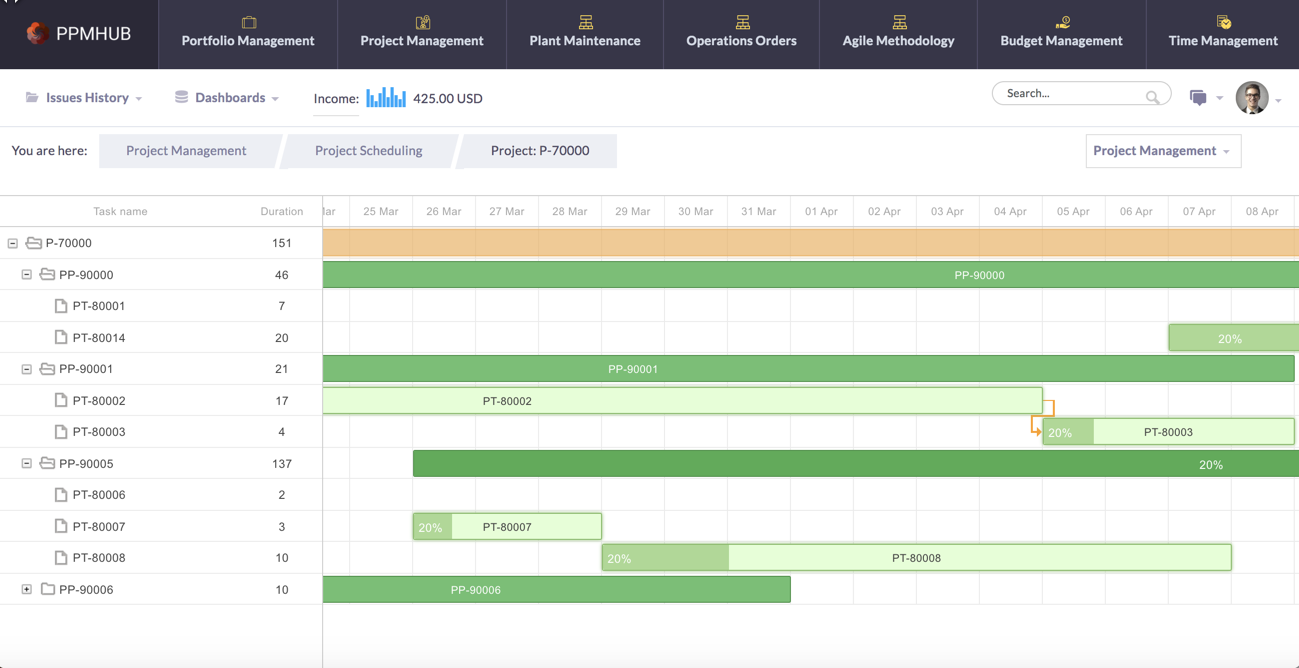Project Planning Techniques
The Project planning techniques for project-demanding businesses have to decide their project planning in such a way so that there is maximum utilisation of resources and high productivity at the minimum cost. Lack of proper planning means significant losses for both small as well as large business corporations. Whatever the project may be, it calls for proper plan, given that they are used to attain the project goals. Every project activity involves a particular set of qualities so that the project can be successfully completed as per the planned strategy.
According to project management specialists, each and every project can be managed suitably using the best project planning techniques. Here are some of the important project planning techniques that can be helpful to project managers as ,well as business corporations:-
Project planning techniques for Customary Project Management
Most of the approaches planned for efficient project management are nearly one and the same thing. The process of customary project management needs an evaluation of the tasks required to realize a project and its completion. During the development of the project, the managers are accountable for providing the evaluation of team members. This sort of simple project management plan works great with small teams.
PERT Project Management Method
PERT or the Program Evaluation and Review Technique works fine for one-time development methods that may progress or get bigger sooner or later. With the help of this project planning technique, the managers are accountable to make a distinction between events and activities. With a careful assessment of the events based on the time limit and allocated budget, the project planning managers track their development with the help of a PERT chart.
Critical Path Project Management
The technique of critical path project management is dependent upon task duration assessments and responsibilities. This method speeds up tasks through capacity and rearranging. By evaluating the time needed to complete a task, the project managers can extend a clear picture of the general timeframe needed for a project. By defining paths between assignments that rely on the achievement of earlier tasks, the managers can finish a project in the shortest time.
Project planning techniques: Extreme Project Management
The techniques for project management have changed a lot on account of Internet allocation. Nowadays, there are many companies that are equally focusing on developing highly-developed web-enabled software. Extreme project management helps in speeding up the project progression into specific processes. In some occasions, the project managers allocate a name to the product at the conclusion of each cycle, not considering its comprehensiveness or functionality.
Important Steps to Follow When Planning a Project
A project plan holds significance in making prthe oject a grand success. It will allow the project manager to easily allocate tasks, evaluate costs and progress, communicate project status to concerned parties and generate reports. There are several different techniques that can be incorporated to make an effective project plan. Understanding the pros and cons of techniques will help you find the best one.
Project planning techniques: Brainstorming
Brainstorming is an effective method in all spheres of business. Being a vital element in the planning of a project, it is also useful in other areas of the project management procedure. As brainstorming is a highly creative process intended to motivate lateral and random thinking, it is beneficial to highlight potential issues and raise problems that aren’t instantly noticeable. Brainstorming is a wonderful method to generate ideas to enhance efficiency and lower costs.
Cause and Effect drawings
These diagrams are also called by other names such as Ishikawa or “fishbone” diagrams. Use of these drawings is useful inplanning phase for collecting and recognizing all issues that can lead to problems. Cause and effect diagrams identify sources behind the occurrence of problems. This helps the team to suggest solutions and give a quick overview of the different project components clearly.
Cause and Effect diagrams are known to be an effective way to plan a project. These diagrams have the ability to figure out potential issues that can impact the final product quality. This feature makes them specifically useful in production and manufacturing businesses. This is a good project management tool to organize the issues that are raised at the time of a brainstorming session.
Project planning techniques using Project Critical Path Analysis
For large and complicated projects with several activities that can be performed simultaneously, a ‘Critical Path Analysis’ proves to be a highly effective technique. It works on a timeline approach that makes it beneficial for highlighting tasks that coincide. These overlapping tasks display the things that are required to be performed, and also about the right time of their performance. Critical Path analysis diagram can be drawn manually using a spreadsheet or by the help of a specialized software.
Project planning techniques using Gantt Charts

A Gantt chart is a very important tool in the planning of a project. It is a simplified block diagram that displays activities and costs with time in an easy to understand manner. These charts are mainly used for monitoring and scheduling operations for displaying costs and expense at all phases throughout the project. These diagrams help in communicating progress and generating reports.T his project planning technique using a Gannt chart is the most common one in the project management one.
One can create a Gantt chart either using a spreadsheet or via a series of software tools. As this chart encompasses the weeks, months and days of the entire project, recording project progress is very simple when the chart is updated precisely and regularly. A Gantt chart is very easy to update in cases of modification, addition, deletion of tasks or deadlines.
Conclusion
These are some of the highly impactful project planning techniques that complement one another. Selection of the right project planning technique depends on the complexity of the project. As proper selection provides the best opportunity to cover every single aspect of your project, it becomes very important to make a wise choice.The project planning techniques using OneBusiness have proved
Project management techniques are very helpful for any of the tasks related to management of projects by businesses or organizations. Results can differ from one project to another, but the sole aim is to reduce the risks of failures. Thus, it needs suitable planning and assessing strategies, and actively managing activities and resources to convey a successful result. Projects can be of different shapes and sizes, from the small to large and highly complicated. In businesses, the techniques for project management can be related to anything, and above all introducing or transforming things, in any part or task.






